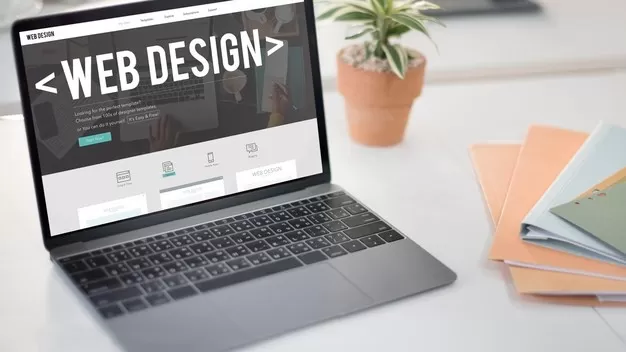When people design websites, they think popups are good for grabbing visitors’ attention, but that is only the case when you are not trying to sell them something. If you want to design a successful site to keep your visitors there, avoid using popups. Apply the advice from this article to show you how you can get around using pop-ups in your web design.
Don’t use OnExit popups on your website. This tactic is mainly used by internet marketers trying a last-ditch attempt to get a sale. A word about these kinds of popups gets around, and they will kill your reputation as a marketer. Mozilla has even taken steps to suppress the text on these popups, citing security risks.
Web design is a subject that you always want to stay informed on. With this in mind, if you have any friends who are also into web design, you will want to keep in contact with them. You can exchange any new information you learn so that you’re both on top of your game when it comes to web design.
To help you attract a more professional crowd to your site, make sure you design your site with no spelling errors. When designing the site, utilize a spell checker and, if need to, a grammar checker. If you have a site with poor spelling and grammar, people will not want to do business with you because they think it is unprofessional.
Do not use any popups. Nothing is worse than going to a website and being bombarded with pop-up ads. Many people will leave a site with pop-ups, even the big ones. So make sure you have happy customers by not including these aggravating popups ads. If you have a host where pop-ups are mandatory, perhaps you should be out looking for a new one.
Keep a simple front page. Your front page can determine whether visitors decide to stay or exit without seeing more. Don’t add unnecessary distractions that hide the essence of what you offer to your customer.
Keep your education ongoing. Websites are constantly changing every day, and if you stop learning new things, you may fall behind the pack with your designs. Try to convince yourself to learn one new thing each day, be it programming a new background or a simple HTML setup.
Do not use images for your background. When you think about some of the biggest websites on the Internet, they do not have images as backgrounds. When you use image backgrounds, you represent yourself as someone who is not well-versed in web designing. Images as backgrounds also cause your site to load slower, leading to user frustration.
Watch the amount of flashy multimedia that is on your site. Don’t overdo it with a bunch of “extras.” Flash graphics and multimedia may appear enticing, but these may make it difficult for visitors to find the desired information from the site, particularly if they’re viewing your site from a non-Flash compatible device.
Keep in mind that the Internet contains a plethora of website design examples. You can find millions of different websites with so much information to help you design your site. Find one you like, figure out why it’s appealing, and decide what you can use and improve on your own. Remember that borrowing others’ ideas isn’t enough to make your page successful. Improve upon the ideas you find.
Make sure you are always on the lookout for as much information as you can grasp your mind when you’re getting into web design. There is usually nothing that you can learn that will benefit you in web design unless the information you learn isn’t true, so be aware of this.
Ask others around you about concepts and skills in programs such as Photoshop or WordPress. It would help if you were sure that the information you have is ingrained, and you don’t need to find yourself making a site when you suddenly get confused or lost.
Do your best to stay consistent with your efforts when learning web design. You don’t want to learn a couple of things, then come back a couple of weeks later and try to learn something new and already have forgotten the information you had previously learned, complicating your whole web design process.
Understand how your webpage will be read at a glance rather than word for word. Most viewers won’t spend their time gathering every piece of written content on a page, at least not until they’ve scanned it. Words that are larger, bold, or emphasized should be the most important and placed sparingly to get your ideas across.
Make the web page sizes the smallest they can be. This will help your site load much faster overall. The faster your pages load, the more likely your visitors will stick around to view more of your site. If your site is too bulky in terms of page size, you may be in danger of having your visitors bounce to another website out of frustration.
Add a site map to your web design. Site maps serve an important role when it comes to search engine optimization. The search engine spiders use them to crawl efficiently over your site to help rank your pages better. They also serve an operational purpose for you as a designer. A site map is essential to keeping track of your website architecture so that you can add pages to it more effectively.
Conclusion:
As stated at the beginning of this article, popups can be distracting to your website visitors, and it is something you do not want to put on your web pages. If you know the correct way to put ads without distracting, you will have a successful site. Apply the information from this article to have a website that will not annoy your customers.




